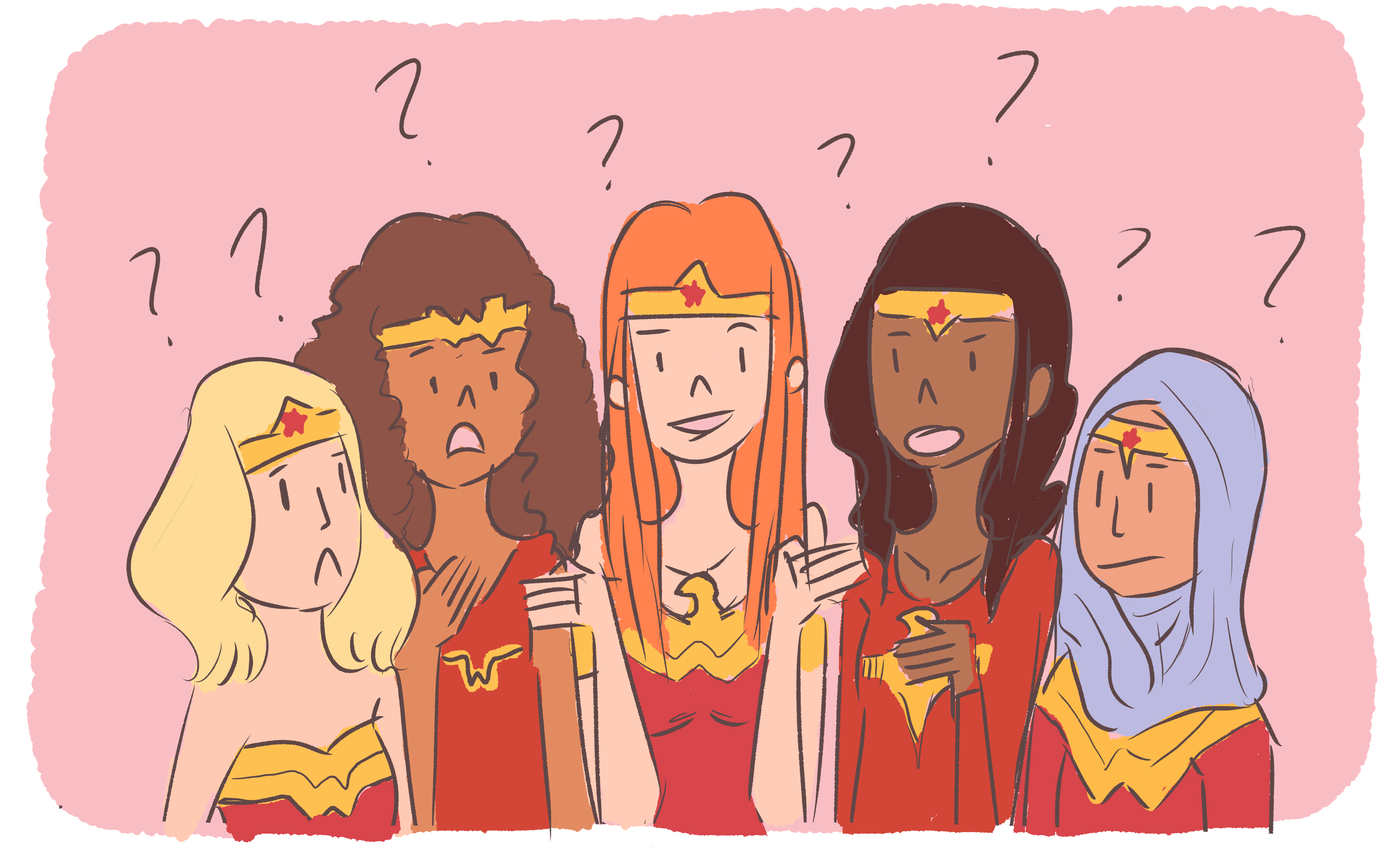Diversity our strength: improving representation in media
With the surfacing of movements such as #OscarsSoWhite and #MeToo, which respectively highlight the lack of diversity at the Academy Awards and treatment of women within the film industry, it is little wonder diversity has been Hollywood’s hot topic the past several years. With so much emphasis being placed on diverse casts and female leads, it seems clear that things are changing for the better. But is that perspective misleading?
Previously, diverse films featuring a variety of perspectives might have been considered the territory of indie films, relegated to obscure film festivals and denied their chance to shine on the big screen. Today, it is increasingly recognized that diversity is no obstacle to box office domination. Black Panther is the most conspicuous example of this, pulling a box office total of $1.346 billion. Coogler’s film stands as the United States’ second highest grossing film of 2018, and its third highest grossing film of all time. It also made waves worldwide despite an all-persistent myth that film with diverse casts do not sell well abroad, becoming the ninth highest grossing film of all time.
Black Panther is not alone. Titles such as Furious 7 and Star Wars: The Force Awakens also make top the list of highest Hollywood earners, and both feature diverse casts and female leads. Admittedly, both relied on the previous successes of their respective franchises, but the Fast and Furious series in particular was built on its diverse cast, an early indication of audience desire for representation.
Lack of inclusion in Hollywood can often be boiled down to “playing it safe.” This is the reason for reboots and long-running franchises, or the staleness of tried-and-tested, recycled stories. Up until very recently, movies such as Black Panther were not playing it safe. That tide is slowly turning.
It can be argued, then, that Hollywood has not changed – it has simply shifted its parameters. Its goal is, and has always been, revenue as opposed to quality or justice.
Certainly this concept has weight to it. Yet the probability that this will ever – or can ever – change is low, given the nature of the business. In many ways, the importance of the box office has opened the doors to diversity in modern times and enabled different faces to be recognized by larger audiences. Blockbusters that rake in the millions travel further than independent movies, and resonate with larger numbers of people, allowing for wider opportunity.
Another perspective is that diversity in Hollywood should not be limited to the faces we see on screen, yet so often it is. All discourse seem to be focused on actors, with little thought given to all other positions in the film and television industry and how little some people find themselves represented.
In 2017/2018, women made up a mere 27% of all behind-the-scenes jobs on broadcast network – this includes directors, writers, producers, editors, and directors of photography. This is a decline of 1% from the previous year, and the number has remained relatively stable since
2006. There has been no meaningful increase in the number of significant roles for women behind the scenes in twelve years.
A quick perusal of the Oscars’ Best Director category further illustrates the problem. As of 2018, only five women have ever been nominated for Best Director, and only one has ever won – Kathryn Bigelow for 2008’s The Hurt Locker. Non-white directors, and especially non-white female directors, are also much fewer and further between than their white counterparts.
In the top 100 grossing films of 2017, women made up 10% of writers, 2% of cinematographers, 14% of editors, and 24% of producers. The Guild of American Cinema Editors has a non-white member population of under 25 among 400 active participants, something its president Steven Poser has actively spoken out about. The prestigious American Society of Cinematographers also has a woefully low female and non-white membership.
The role of the storyteller, and those who make the storytelling possible, are as important as the instruments of the story. The job market and environment for those behind the scenes matters as much as it does for actors, though their plight may be less visible. The conversation on diversity often ignores their voices and stories, which is an incredible misstep on the part of those even with the best of intentions.
The purpose of diversity is twofold – it is a responsibility to those within the industry, and those outside of it. Equal opportunity should exist for jobs both onscreen and off, and all manners of stories deserve to be told. In an ideal world, representation is neither gimmicky nor insincere, and benefits all people. It’s hard to say how long this will take to occur fully, if ever, but the work should always continue.
